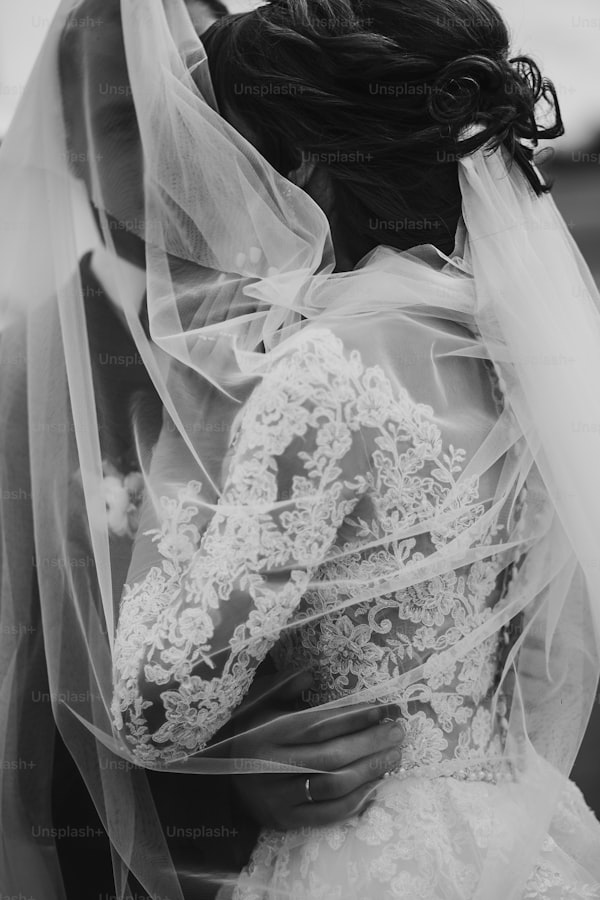Mastering the Art of Wedding Dress Design: Best Practices for an Empire Waist and Flowing Skirt
Introduction
The essence of a wedding dress lays in its ability to capture the beauty and elegance of the bride on her special day. Among the myriad of styles available, the empire waist design paired with a flowing skirt stands out as a timeless choice. In this article, we will explore what constitutes the best practices for creating a wedding dress with an empire waist and flowing skirt, ensuring that every bride feels both comfortable and stunning as she walks down the aisle.
The Allure of the Empire Waist Design
The empire waist style is characterized by a raised waistline that sits just below the bust, from which the skirt flows down. This silhouette not only elongates the figure but also provides a flattering outline for various body types. When considering the design, it’s essential to recognize its versatility. Whether the bride envisions a bohemian gown or a classic fairy tale dress, the empire waist can be adapted to compliment her unique style.
1. Understanding Body Types
One of the foundational elements of creating a wedding dress with an empire waist is understanding the diverse body shapes of brides. The right design should celebrate each woman's natural beauty.
| Body Type | Empire Waist Benefits |
| Apple | Accentuates the bust while flowing over the midsection, creating an elongated silhouette. |
| Pear | Balances wider hips with a fitted bodice and flowing skirt, enhancing the waistline. |
| Hourglass | Enhances natural curves without clinging, providing a relaxed and sophisticated look. |
| Rectangle | Adds definition to the waist and creates a more feminine shape through draping fabric. |
2. Selecting the Right Fabric
The choice of fabric is pivotal when creating a wedding dress. For an empire waist gown with a flowing skirt, lightweight materials like chiffon, silk, or organza create movement and allow the fabric to gracefully drape. When selecting fabrics, consider breathability and comfort, especially if the wedding is held in a warm climate.

3. Design Elements to Incorporate
Designing an empire waist wedding dress involves multiple elements that come together to create an exquisite gown:
- Bodice Details: Incorporating lace, embroidery, and beading can enhance the bodice's appeal, making it not only beautiful but also captivating.
- Skirt Volume: Consider how much volume to add. A-line skirts provide a gentle flow, while a more ball-gown style offers dramatic flair.
- Back Design: The back of the dress is equally important. A low back or a keyhole can add an unexpected element of surprise.
- Train Options: A train can elevate the elegance of the gown, whether it be a modest sweep train or an extravagant cathedral train.
Practical Tips for Crafting the Dress
Now that we have established the aesthetic components let’s dive into practical tips for crafting an empire waist wedding dress:
4. Measurement and Fitting
Proper measurements are crucial when designing any dress. An empire waist requires accurate measurements to avoid uneven fitting. Consider the following steps:
- Take accurate bust, waist, and hip measurements.
- Incorporate wearing ease to ensure comfort on the wedding day.
- Conduct multiple fittings to achieve the perfect silhouette.
5. Creating a Pattern
Once measurements are taken, creating a pattern is the next logical step. A well-constructed pattern will be the foundation for your dress. You can either draft one yourself or choose a commercial pattern that meets your design vision. Remember to make adjustments as necessary, particularly in the bodice and skirt areas.
6. Sew with Precision
When moving to the sewing stage, attention to detail is paramount. Employ double stitches on seams and bias tape for raw edges to ensure a professional finish. Use a walking foot when sewing flowing fabric to minimize shifting.
Choosing the Right Accessories
Accessories play a notable role in enhancing the overall appearance of the wedding dress. For an empire waist gown with a flowing skirt, consider:
- Belts and sashes: Adding a delicate belt can emphasize the waist, providing additional definition.
- Jewelry: Opt for pieces that complement the neckline; simple earrings or a statement necklace can add flair without overwhelming the look.
- Footwear: Consider the length of the dress when selecting wedding shoes. Go for comfortable options as brides often stand for long durations.
Final Touches and Customization
Customization can truly personalize the wedding dress. Whether it's a unique train, a custom fabric choice, or a hand-sewn detail, each element contributes to a gown that is distinctively the bride’s. Finishing touches like steaming the dress to eliminate wrinkles will ensure it looks impeccable on the big day.
Conclusion
Creating a wedding dress with an empire waist and flowing skirt is an art that blends tradition with personal expression. Understanding body types, selecting the right fabrics, and incorporating thoughtful design elements are essential in crafting a gown that not only looks beautiful but also resonates with the bride's style and comfort. As you embark on this creative journey, remember to prioritize measurement accuracy, embrace customization, and appreciate the details that make the dress uniquely yours. So, whether you are a designer or a bride-to-be looking for the perfect gown, these best practices will serve as a compass guiding you through the enchanting world of wedding dress creation.
Ultimately, creating a wedding dress is not merely about the fabric and design; it's about weaving together dreams, love, and the joy of one of life’s most celebrated moments.